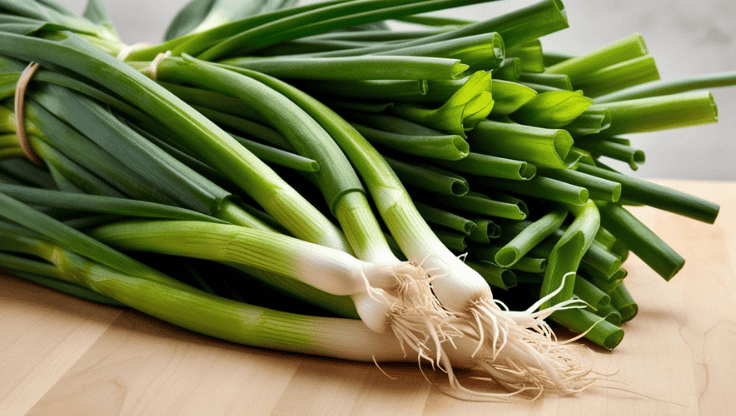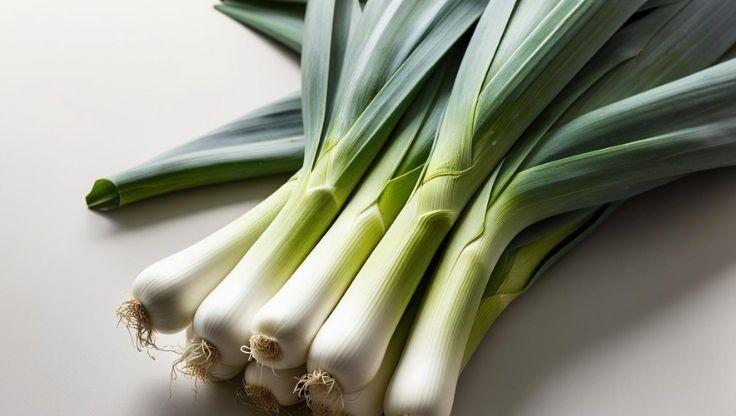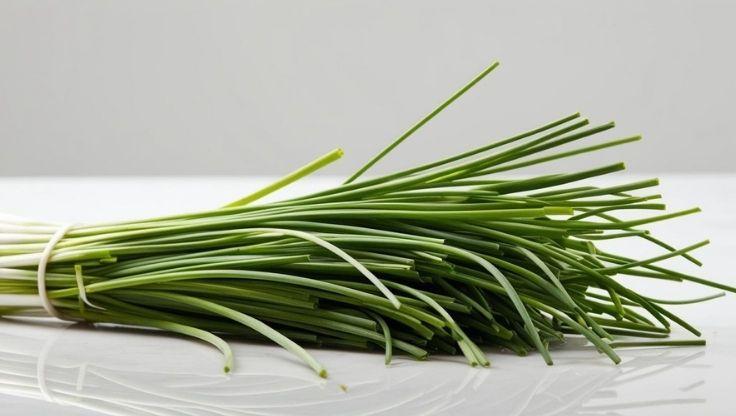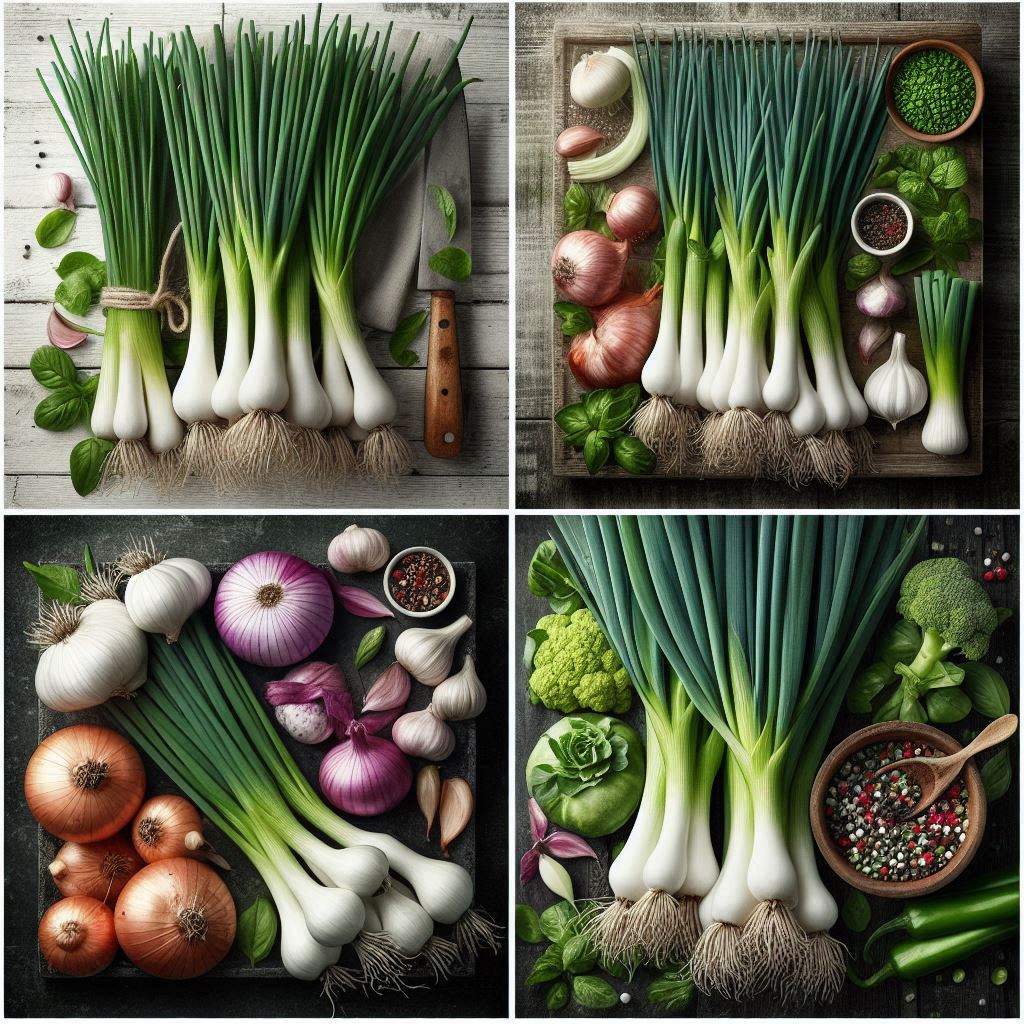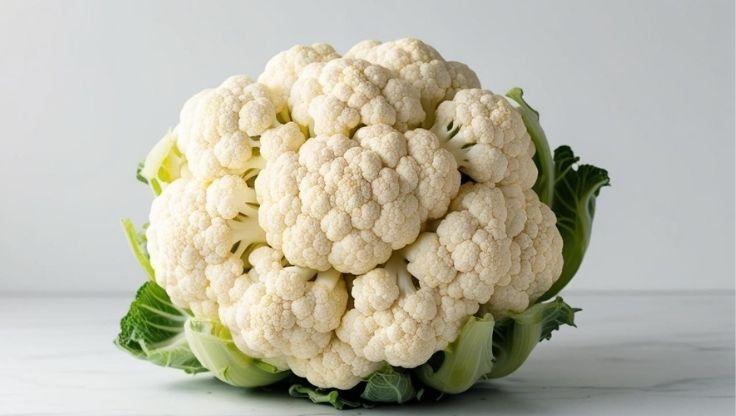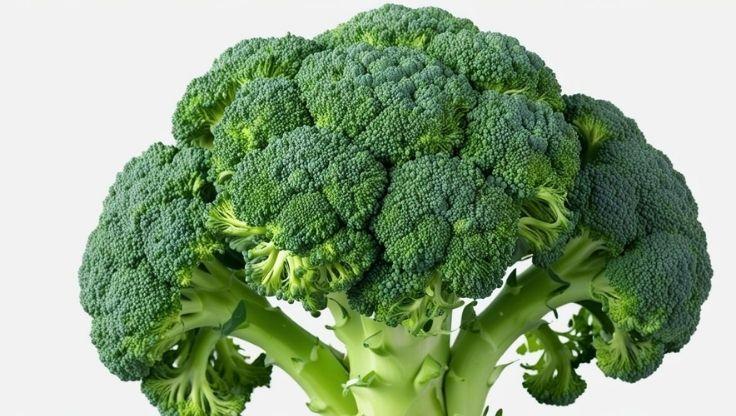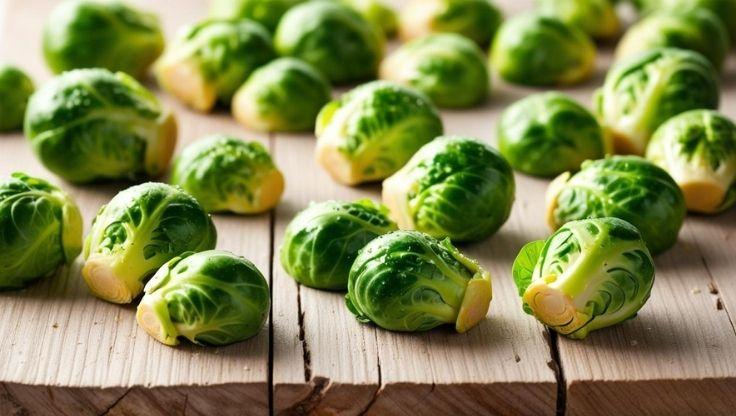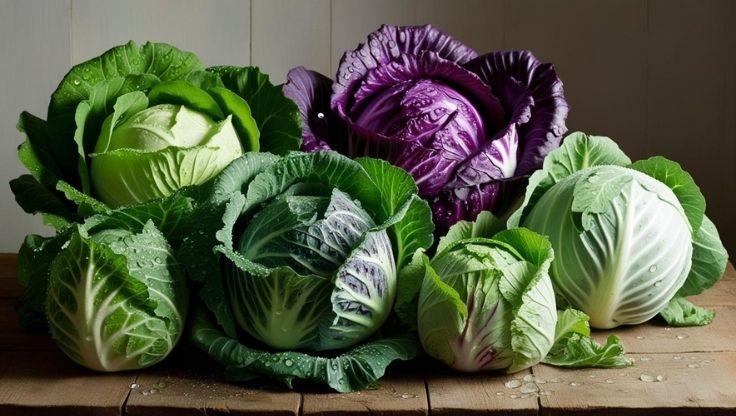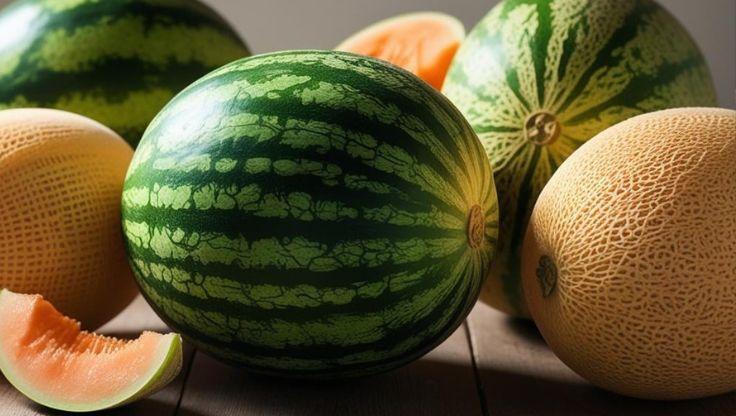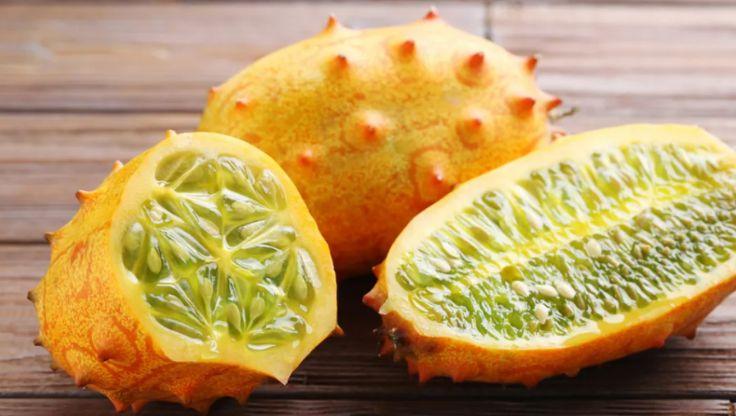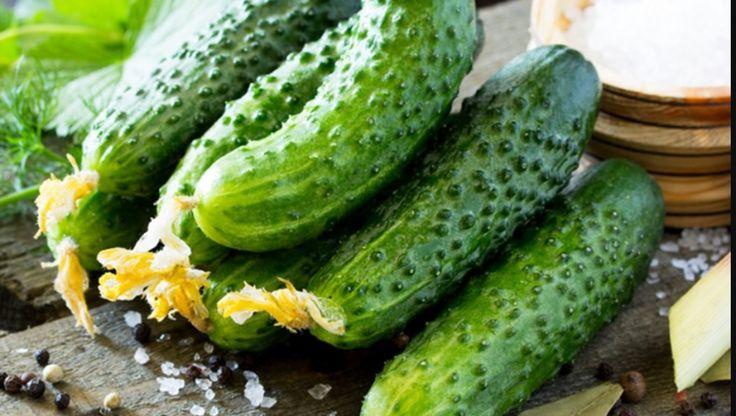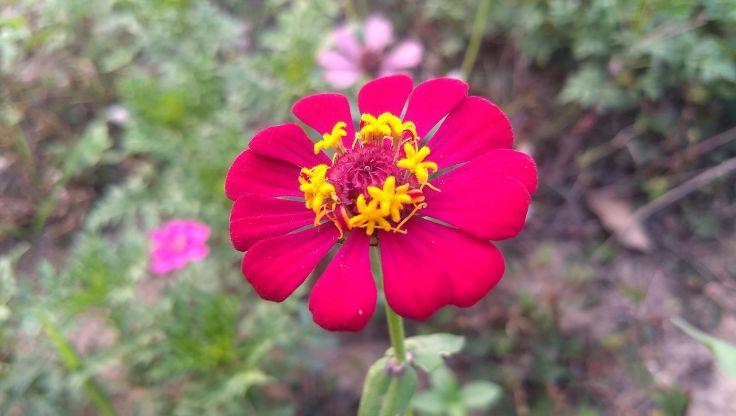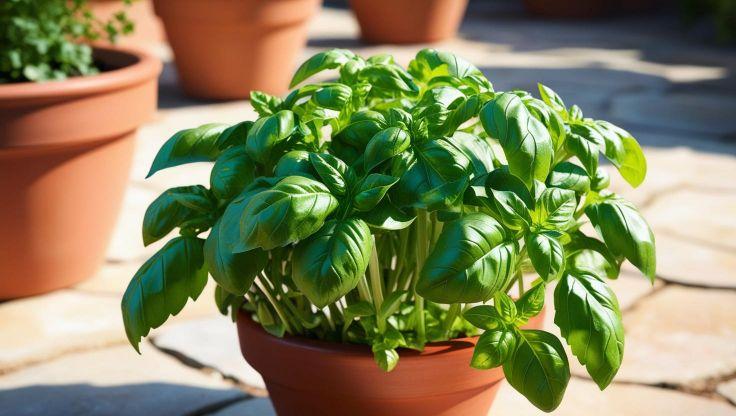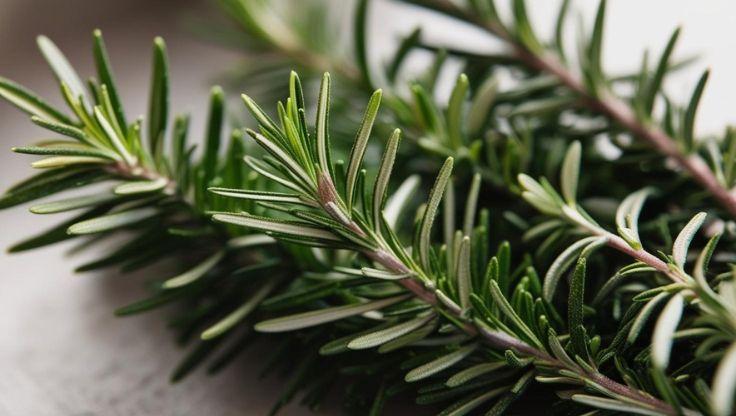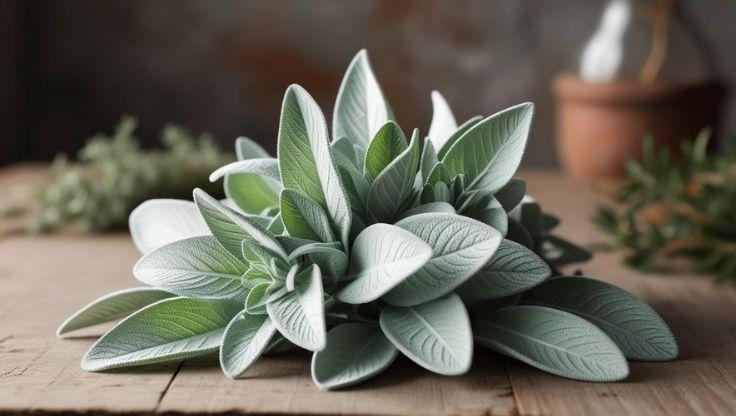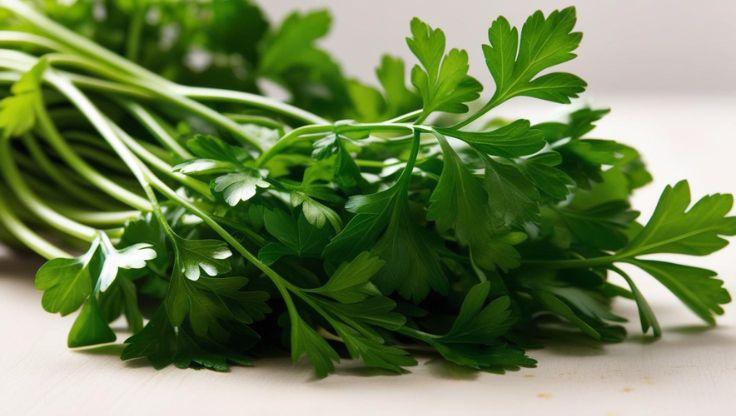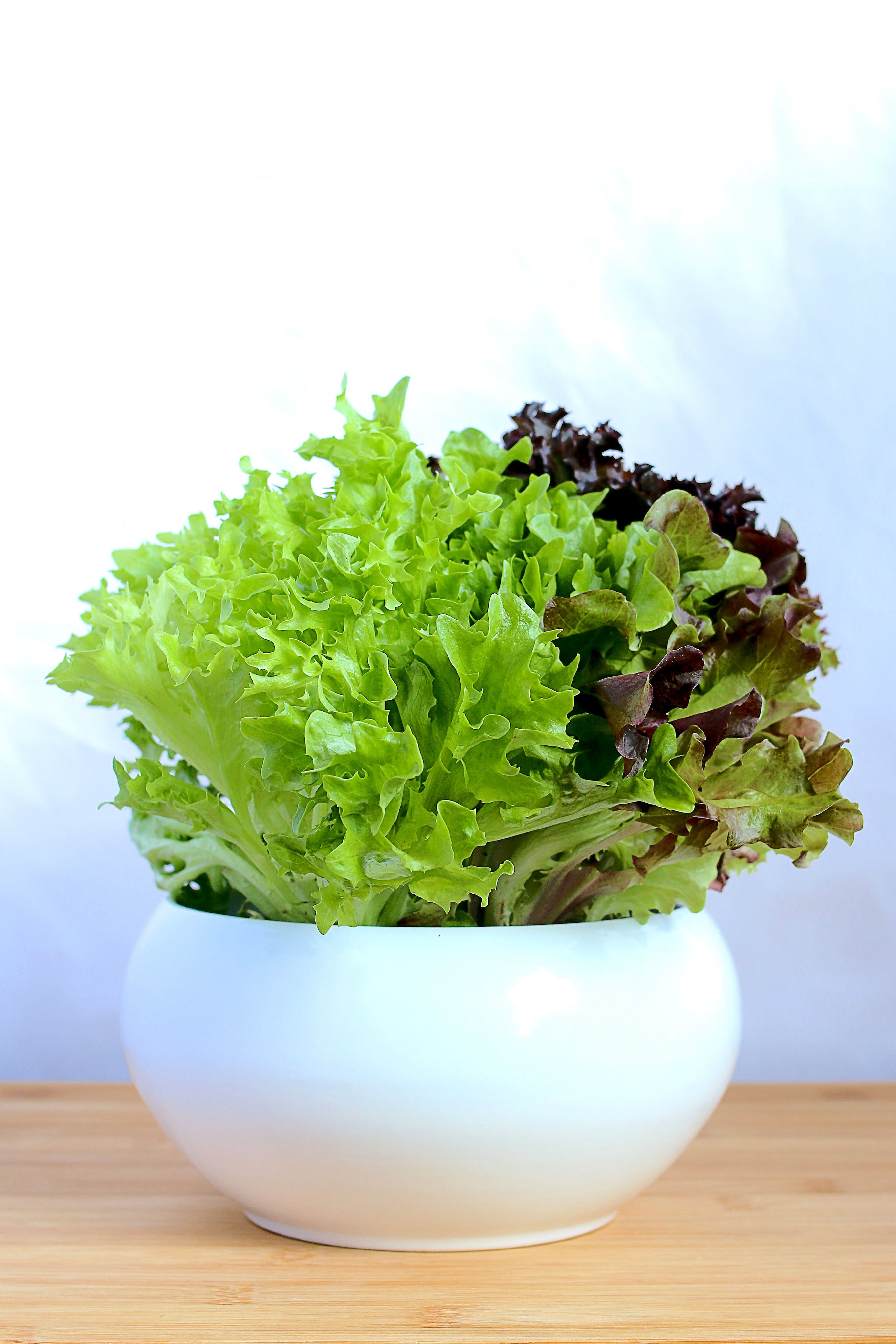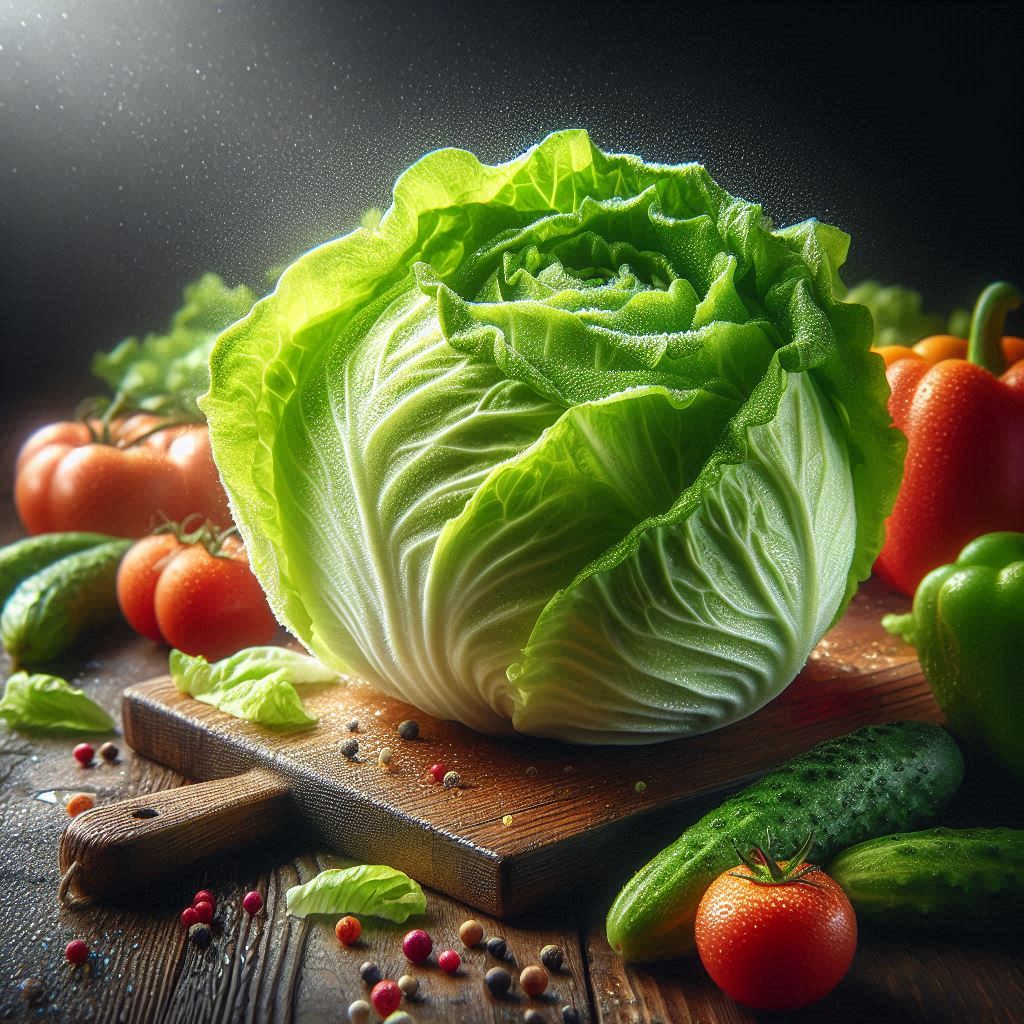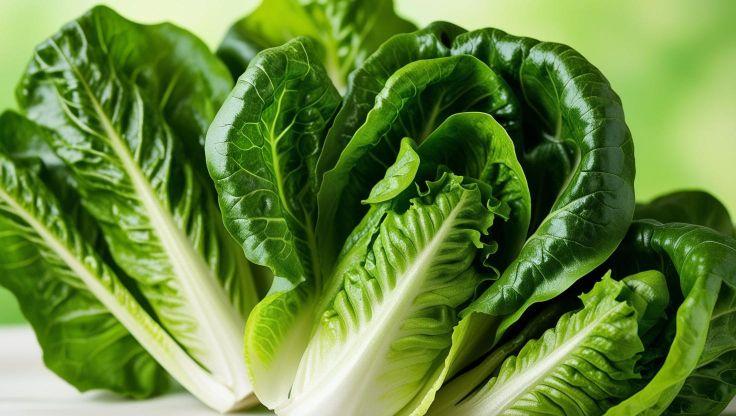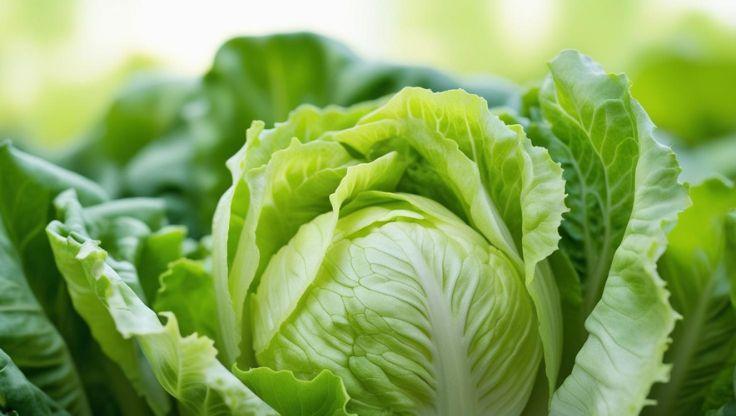Hydroponic Plants: Chard and Its Cultivation in Hydroponic Systems
Hydroponic plants, such as the vibrant and nutrient-rich chard (Beta vulgaris subsp. cicla), also known as Swiss chard, represent an excellent choice for soilless cultivation due to its adaptability and resilience, making these leafy greens popular hydroponic plants for many growers. Native to the Mediterranean region, hydroponic plants like chard offer efficient growth cycles and higher yields compared to traditional soil farming, establishing these as highly productive hydroponic plants. Cultivating chard in hydroponic systems reduces the risk of soil-borne diseases, optimizes nutrient delivery, and improves water conservation, positioning these hydroponic plants as ideal for sustainable agriculture and home gardening of beautiful and bountiful hydroponic plants.
Quick Start Checklist for Hydroponic Chard:
-
Select chard varieties (e.g., Rainbow Chard, Fordhook Giant; consider bolt-resistance) suited for hydroponic cultivation and your chosen system for these colorful hydroponic plants.
-
Germinate chard seed clusters in a moderate temperature, moist environment using starter plugs for your future hydroponic plants. Thin to one seedling per plug to ensure strong hydroponic plants.
-
Prepare your hydroponic system and nutrient reservoir; sterilize if previously used to protect your hydroponic plants from pathogens.
-
Calibrate pH and EC meters. Mix nutrient solution tailored for young chard hydroponic plants, starting with a balanced, moderate EC (e.g., 1.5-1.8 mS/cm) for these delicate hydroponic plants.
-
Transplant seedlings (once they have 2-3 true leaves and a good root structure) gently into your hydroponic setup for these developing hydroponic plants.
-
Establish lighting (12-16 hours) and maintain optimal temperatures/humidity for your chard hydroponic plants, as these conditions are crucial for hydroponic plants.
-
Monitor and adjust pH, EC, and water levels daily/regularly for your chard hydroponic plants to ensure their continued health as productive hydroponic plants.
-
Harvest outer leaves regularly using the "cut-and-come-again" method to encourage continuous growth from your hydroponic plants. This technique is ideal for many leafy hydroponic plants.
-
Observe for pests/diseases on your hydroponic plants and manage proactively to ensure healthy, thriving hydroponic plants throughout their lifecycle. These preventative measures protect your hydroponic plants.
Hydroponic Growing Conditions for Chard
To cultivate lush, productive chard hydroponic plants, precise control over their growing environment is essential. These leafy hydroponic plants have specific preferences that, when met, lead to optimal growth and vibrant foliage for these beautiful and nutritious hydroponic plants. Success with these hydroponic plants depends on these conditions.
Optimal pH and EC Levels for Chard Hydroponic Plants
The nutrient solution is the lifeline for your chard hydroponic plants, directly influencing how these hydroponic plants absorb essential minerals for healthy growth and development as hydroponic plants.
-
pH: Chard hydroponic plants grow best with a pH range of 6.0–6.8, ensuring effective nutrient uptake for these specific hydroponic plants and overall system health.
-
EC Level: Electrical conductivity (EC) for these hydroponic plants should be maintained at 1.8–2.5 mS/cm. Young seedlings of these hydroponic plants benefit from a slightly lower start, around 1.5-1.8 mS/cm, gradually increasing as leaf production accelerates in your chard hydroponic plants.
Environmental Requirements for Chard Hydroponic Plants
The ambient conditions significantly affect the health and productivity of your chard hydroponic plants. These adaptable hydroponic plants still appreciate consistent conditions to prevent stress, allowing these hydroponic plants to thrive.
-
Light: Chard hydroponic plants require 12–16 hours of full-spectrum LED lighting per day to drive robust photosynthesis in these leafy hydroponic plants.
-
Temperature: Ideal growing temperatures for these hydroponic plants range from 18–24°C (64–75°F). Chard hydroponic plants are relatively tolerant but thrive in moderate conditions, unlike some more sensitive hydroponic plants.
-
Humidity: Humidity for chard hydroponic plants should remain between 50–70% to prevent dehydration and minimize fungal diseases for these leafy hydroponic plants. Good air circulation is also key for these hydroponic plants.
Pro-Tip: While chard hydroponic plants tolerate a range, consistent temperatures are best. If your grow area for hydroponic plants experiences significant day/night temperature swings, try to moderate them to reduce stress on your chard hydroponic plants. This benefits all your hydroponic plants.
Best Hydroponic System for Chard
Choosing an effective hydroponic system is key for successful chard cultivation, ensuring your hydroponic plants have consistent access to nutrients and oxygen. Visuals demonstrating NFT, DWC, and Aeroponic systems with healthy chard hydroponic plants would be highly beneficial for growers selecting a system for these vibrant hydroponic plants. Different hydroponic plants often have preferred systems for optimal growth.
The Nutrient Film Technique (NFT) is highly effective for chard hydroponic plants' cultivation due to continuous nutrient circulation. Alternative methods like Deep Water Culture (DWC) and aeroponics also support vigorous growth and can produce excellent yields of these versatile hydroponic plants. Many leafy hydroponic plants thrive in such setups, delivering impressive results consistently from these hydroponic plants.
Nutrient Solutions & Water Management for Chard Hydroponic Plants
Diligent management of the nutrient solution is fundamental for optimizing the growth and quality of chard hydroponic plants. These specific hydroponic plants rely on a steady supply of balanced nutrition for optimal leaf production, a common need for fast-growing hydroponic plants.
A balanced nutrient solution, including nitrogen (N), phosphorus (P), and potassium (K), supports strong leaf production in chard hydroponic plants. Nitrogen is particularly crucial for these leafy hydroponic plants. Oxygenated water (e.g., via an air stone in DWC) prevents root diseases and enhances nutrient absorption. Maintain nutrient solution temperature around 18-22°C (65-72°F) for optimal root health of these hydroponic plants. Regularly check for precipitation or cloudiness in the solution for your chard hydroponic plants, which could indicate nutrient lockout affecting your hydroponic plants.
Pro-Tip: For chard hydroponic plants, refresh the nutrient solution every 1-2 weeks. This practice maintains optimal nutrient ratios and prevents pathogen buildup, ensuring a healthy environment for your productive hydroponic plants. This is good general practice for most hydroponic plants in recirculating systems.
Detailed Nutrient Formulation for Chard Hydroponic Plants
Chard hydroponic plants have specific nutritional needs that vary slightly through their growth stages. Providing the correct balance ensures these hydroponic plants develop to their full potential as flavorful and nutritious hydroponic plants. Understanding these needs is key for all growers of hydroponic plants. [Placeholder for Expert Quote: e.g., "Leafy greens expert Dr. Beta Vulgari states, 'Chard hydroponic plants benefit from consistent nitrogen but also require ample potassium for strong stem and leaf structure, critical for these impressive and visually striking hydroponic plants.'"]
Growth Phase Nutrient Ratios for Chard Hydroponic Plants
-
Seedling Stage: An NPK ratio around 3:2:3 (Nitrogen:Phosphorus:Potassium) promotes early leaf development and root establishment in young chard hydroponic plants, setting a strong foundation for these hydroponic plants.
-
Vegetative Stage: Shifting to an NPK like 4:3:5 ensures steady, robust growth for developing chard hydroponic plants, building strong foliage for these leafy hydroponic plants.
-
Harvesting Stage: An NPK around 3:4:6 can aid in maximizing leaf size and nutritional density for mature chard hydroponic plants intended for continuous harvest, supporting the longevity of these particular hydroponic plants.
Essential Micronutrients for Chard Hydroponic Plants
Beyond NPK, specific micronutrients are crucial for the health of chard hydroponic plants and preventing deficiencies in these leafy hydroponic plants:
-
Calcium (Ca) & Magnesium (Mg): These strengthen cell walls and improve leaf texture in chard hydroponic plants. Mg is key for deep green coloration in these vibrant hydroponic plants.
-
Iron (Fe) & Zinc (Zn): These enhance chlorophyll production for greener foliage and support overall metabolic processes in your chard hydroponic plants. Potassium (K) also aids disease resistance in these resilient hydroponic plants. Ensure your chosen nutrient formula for hydroponic plants is complete with all necessary elements.
Choosing Chard Varieties for Hydroponics
When selecting chard for your hydroponic plants system, consider the variety's characteristics, such as color, size, and growth habit. Different types of these hydroponic plants offer unique visual and culinary appeal for growers of these specific hydroponic plants.
Popular chard varieties for hydroponic plants include the vibrant 'Rainbow Chard' (a mix of stem colors), the robust 'Fordhook Giant' (large green leaves and white stalks), and various red-stemmed varieties like 'Ruby Red'. These particular hydroponic plants adapt well to soilless culture and offer continuous harvests. Look for bolt-resistant strains if possible for your chard hydroponic plants to ensure a longer harvest period from these hydroponic plants.
Pro-Tip: For a visually stunning display and diverse flavors from your hydroponic plants, consider planting a mix of chard varieties with different stem colors (e.g., red, yellow, orange, white) in your hydroponic system. This showcases the inherent beauty of these amazing hydroponic plants.
Cultivation Process for Chard Hydroponic Plants
The cultivation of chard hydroponic plants from seed to harvest is a straightforward process, rewarding growers with nutritious leaves relatively quickly. Visuals showcasing chard seed clusters, seedling thinning (a before-and-after of a plug with multiple vs. one seedling), the "cut-and-come-again" harvesting technique on hydroponic plants, and mature, colorful chard hydroponic plants would be very instructive for those learning about these hydroponic plants.
Chard seeds, which are actually multigerm clusters containing multiple potential hydroponic plants, should be spaced 1 cluster per hole in hydroponic trays or starter plugs. After germination, thin seedlings to the single strongest plant per plug or growing site to prevent overcrowding of your chard hydroponic plants. Transplant these young hydroponic plants when they have 2-3 true leaves. After transplanting, these hydroponic plants reach full maturity for initial harvest within 6–8 weeks. Practice the "cut-and-come-again" method by harvesting outer leaves about 1-2 inches above the crown, allowing the central crown of the hydroponic plants to continue producing new leaves. (An image illustrating the correct harvesting of outer leaves from chard hydroponic plants would be beneficial here for these productive hydroponic plants).
Pro-Tip: For a continuous supply of chard hydroponic plants, consider succession planting every 2-3 weeks. Harvest chard hydroponic plants when leaves are young and tender for the best flavor and texture from these beautiful, productive hydroponic plants. This ensures a steady stream of fresh greens from your hydroponic plants.
Water Quality Considerations for Hydroponic Chard
The quality of your source water significantly impacts the success of your chard hydroponic plants and indeed all types of hydroponic plants. Starting with good water is foundational for healthy, thriving hydroponic plants in any system.
Test your source water for baseline EC and pH, and for high levels of chlorine or chloramine, which can be detrimental to the roots of hydroponic plants. If using tap water, letting it sit for 24 hours can allow chlorine to dissipate. For chloramine or very hard water (high in unwanted minerals), using filtered (e.g., reverse osmosis) water provides a cleaner, more predictable base for your nutrient solution, greatly benefiting your chard hydroponic plants and other sensitive hydroponic plants.
Uses and Benefits of Hydroponic Chard
Hydroponically grown chard from your thriving hydroponic plants offers a delightful taste, impressive nutritional value, and striking visual appeal for various culinary uses. These specific hydroponic plants are both beautiful and bountiful, a testament to good cultivation of these rewarding hydroponic plants.
Culinary Applications of Hydroponic Chard
Chard from your hydroponic plants is widely used in salads (young leaves), soups, and sautés, offering a mild, slightly earthy flavor similar to spinach but with more robust stems. Both leaves and stems of these versatile hydroponic plants are edible and delicious, showcasing the utility of these hydroponic plants.
Medicinal Properties of Hydroponic Chard
Packed with antioxidants and anti-inflammatory compounds, chard from healthy hydroponic plants supports heart health, digestion, and immune function. Growing chard as hydroponic plants provides a clean, consistent source of these beneficial nutrients directly from your high-quality hydroponic plants.
Sustainability Advantages of Hydroponic Chard
Cultivating chard as hydroponic plants presents significant environmental benefits compared to traditional soil farming methods. These water-wise hydroponic plants are an excellent sustainable choice for future food production using systems designed for hydroponic plants.
Hydroponic chard hydroponic plants require up to 90% less water than conventional farming, making them an eco-friendly solution for year-round cultivation. This efficiency establishes chard hydroponic plants as a smart option for sustainable food production with minimal resource impact. Growing hydroponic plants like chard is a responsible agricultural practice. [Placeholder for Citation: e.g., (Source: Journal of Soilless Agriculture, Chard Resource Efficiency & Yields in Hydroponic Plants, 2023). Always seek verified sources for hydroponic plants data.]
Challenges and Solutions for Hydroponic Chard
While growing chard as hydroponic plants reduces many common gardening problems, certain issues can still arise. Attentive care ensures healthy hydroponic plants and prevents significant crop loss for these leafy hydroponic plants. Clear images detailing nutrient deficiency symptoms (e.g., leaf yellowing patterns, tip burn on hydroponic plants) or fungal/pest issues on chard hydroponic plants would help growers diagnose problems with their hydroponic plants. Keeping your hydroponic plants healthy is the goal.
Common Issues for Chard Hydroponic Plants
-
Nutrient deficiency: Affecting leaf production or causing discoloration in your chard hydroponic plants. For example, nitrogen deficiency causes general yellowing of older leaves on these hydroponic plants, a common sign in many hydroponic plants.
-
Humidity imbalances leading to fungal infections like powdery mildew, downy mildew, or other leaf spot diseases on your chard hydroponic plants. These can spread quickly on dense hydroponic plants if not addressed.
-
Pests: Aphids can cluster on new growth; leafminers create tunnels in leaves of chard hydroponic plants. These pests can affect many types of hydroponic plants.
-
Tip Burn: Browning of leaf edges on chard hydroponic plants, often related to calcium mobility or inconsistent humidity/airflow around these sensitive hydroponic plants.
Solutions for Healthy Chard Hydroponic Plants
-
Monitor nutrient concentrations regularly for optimal balance to support your chard hydroponic plants. Adjust EC and pH as needed for these specific hydroponic plants.
-
Improve airflow using fans to regulate moisture levels and prevent fungal issues on your chard hydroponic plants. Ensure adequate spacing between these leafy hydroponic plants for good circulation.
-
For pests on hydroponic plants, use insecticidal soap or introduce beneficial insects. Promptly remove leaves affected by leafminers to protect your hydroponic plants.
Pro-Tip: Regularly inspect the undersides of leaves on your chard hydroponic plants for early signs of pests like aphids. Early detection allows for prompt, less invasive treatment of your hydroponic plants, preserving the health of your entire crop of these valuable hydroponic plants.
Conclusion: The Colorful Harvest of Hydroponic Chard
Cultivating chard as hydroponic plants is an accessible and highly rewarding endeavor, yielding continuous harvests of vibrant, nutritious leaves. By understanding and providing for the specific needs of these adaptable hydroponic plants—from precise nutrient solutions and environmental controls to appropriate system choices and harvesting techniques—growers can enjoy a prolific supply. The beauty, taste, and sustainability of chard hydroponic plants make them an outstanding addition to any hydroponic garden, showcasing the best of what these advanced cultivation methods for hydroponic plants can offer to enthusiasts of hydroponic plants.
Research for expert insights
Enhance your understanding with these insightful and well-documented expert resources.
|
Institution |
Article Title |
Article Link |
|---|---|---|
|
Academic Journals |
Effect of plant spacing and harvesting frequency on the yield of Swiss chard cultivars in a closed hydroponic system |
|
|
ResearchGate |
Effects of different media on the growth and yield of Swiss chard grown in hydroponics |
|
|
Springer |
Hydroponic systems: exploring the balance between co-cultivation of Chlorella vulgaris and Swiss chard |
Their methodical study presents detailed expertise, making them a crucial reference for anyone looking to enhance their knowledge.


